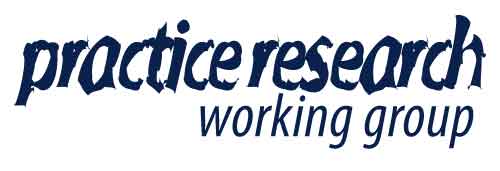The history that this space holds
The lineages of those who have gathered and danced here before
The lineages of the people I hold in my body
The languages I hold, I cradle,
The tongues in my mouth.
L’histoire ensevelie dans cet espace
La lignée de celles et ceux qui, autrefois, se rassemblaient ici et qui dansaient
La lignée de celles et ceux ensevelis dans mon corps
Les langues que je tiens, que je berce,
Les langues dans cette bouche.
Les saisons qui passent. Le temps qui passe.
Le printemps avec ses arbres qui bourgeonnent
L’été porté par l’automne, et l’automne par l’hiver,
Puis, de nouveau, le printemps qui fleurit.
Les saisons que je porte,
Les saisons portées par cet espace, par ce corps.
A sense of the seasons passing. And time.
How Spring is here in the trees bursting into leaf
How Summer is carried in Autumn
And Autumn in Winter. And then Spring again.
The many seasons I have carried
The many seasons this space, this body, has carried.
– April 2025, Studio notes MLC
Kinaesthetic Heritage: bodies, memories, contested heritages, a British Council funded Springboard project is a collaboration between Coventry University (C-DaRE: Marie-Louise Crawley, Heni Hale and Miranda Laurence, and CAMC: Elizabeth Benjamin) and the SFR Création and Performance Lab at the Université Grenoble Alpes (Gretchen Schiller, Lucie Bonnet, Camille Zimmermann). A bilingual, multidisciplinary team embracing dance practice and scholarship, circus, history, critical heritage studies, memory studies and philosophy, we are investigating through practice the role that movement perception plays in uncovering modes of remembering.
Our research is grounded in the 4E approach to cognition (embodied, embedded, enactive and extended, Newen, Gallagher and de Bruin 2018) and aims to expand understandings of the kinaesthetic, through a close focus on a core subtheme of bodies and memory. We ask how movement might mobilise memory differently, and how, through a kinaesthetic lens, we might be able to view history/heritage differently, giving visibility to previously marginalised bodies and stories, and offering innovative methodologies for how we might think through difficult or uncomfortable heritage.
In the current context, these questions are timely and significant: this research approaches a ‘hot topic’ area around moving bodies, memory and contested histories from the perspective of asking how dancers’ expertise of kinaesthetic knowledges might benefit our cultural heritage institutions in (re)reading, (re)viewing and (de)constructing cultural memory through embodied interaction and engagement. Building on recent explorations of ‘ecosystemic’ practice research (Ellis 2023), our thinking is grounded in an investigation of the place of dance practice research within interdisciplinary inquiry and the ramifications of such methodologies for how we might think about memory and history differently.
Spring saw us spending a first week together in the studio at Coventry sharing practice and beginning to build a bilingual English-French ‘lexicon’ for thinking about memory, history and heritage, from, with and through the body. We are now looking forward to our next meeting together in the summer in Grenoble.
– Marie-Louise Crawley, C-DaRE

